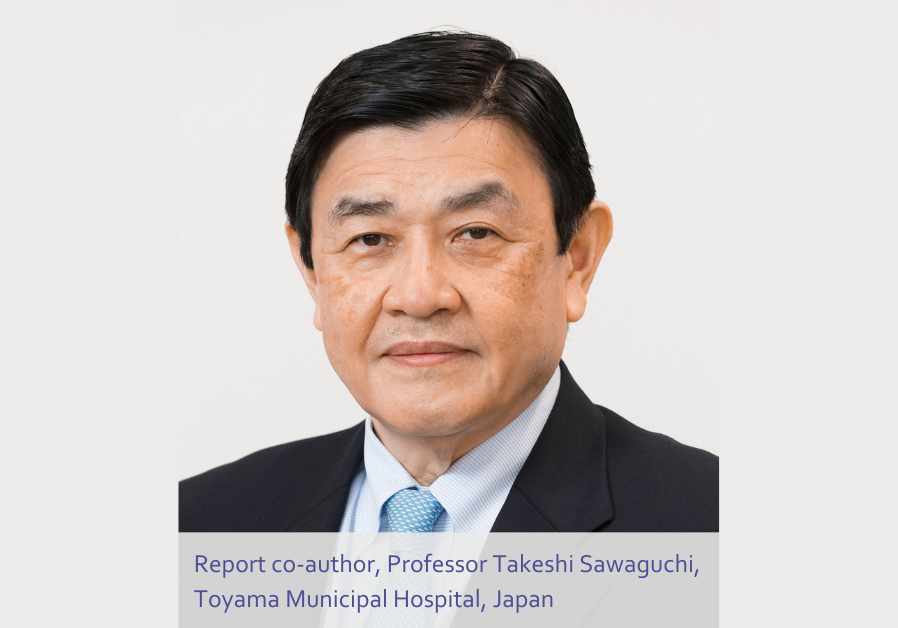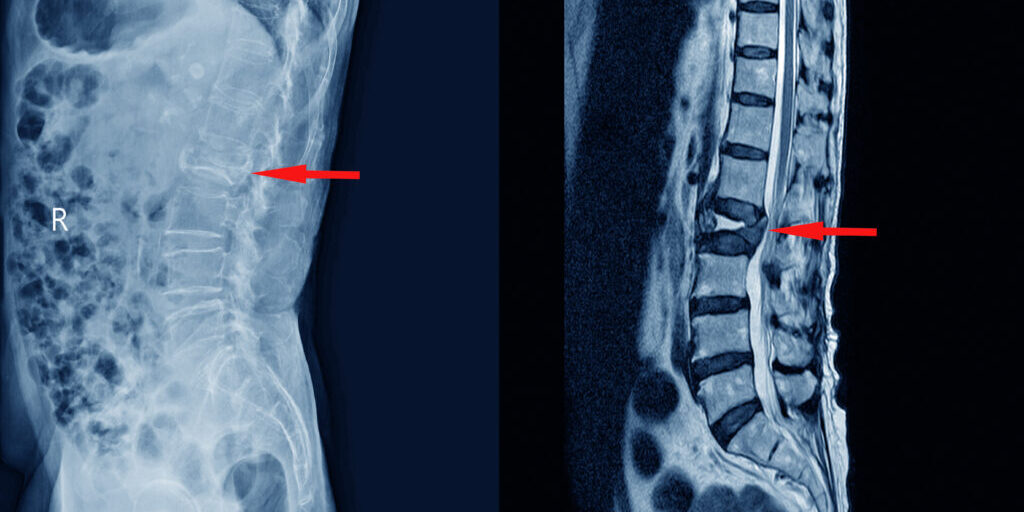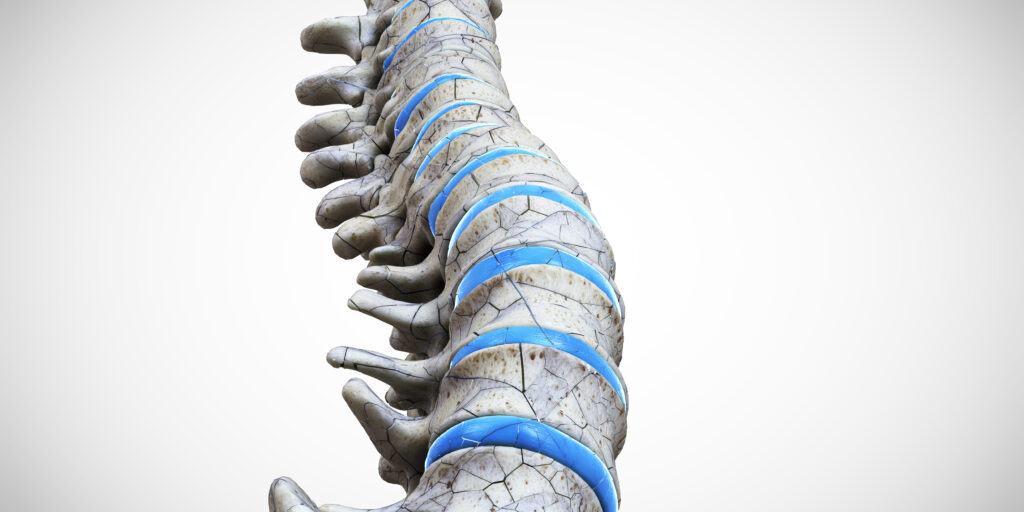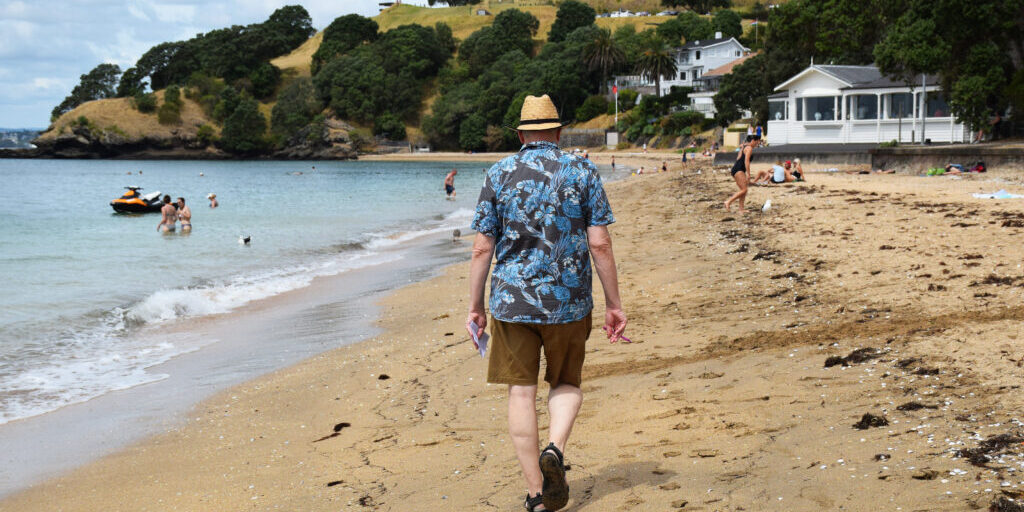Japan is a super-ageing society. While its population boasts the world’s second-longest life expectancy, it does however, have a growing number of older people living with hip fractures.1
The estimated total number of new patients who presented to hospital with a hip fracture in Japan during 2012 was 175,7002 – a figure projected to increase significantly, to ~320,000 by 2040.3 The difficult part of treating hip fractures in the elderly is not only the fracture itself, but various other aspects, such as perioperative care, postoperative management, rehabilitation, nursing, fall preventive measures, and osteoporosis treatment, that would serve to reduce the number of secondary fractures.
A new report published in the Archives of Orthopaedic and Trauma Surgery titled Multidisciplinary care model for geriatric patients with hip fracture describes Japan’s Toyama Municipal Hospital’s innovative concept of a multidisciplinary care model for geriatric hip fractures, and five-year outcomes, as a feasible, and effective way to provide high quality care, and generate cost savings. Given the situation, the establishment of a care model that could be introduced to Japanese hospitals, in which geriatricians are relatively scarce, was necessary. The “Toyama model” is a method of care that provides active treatment via collaboration among orthopaedic surgery, internal medicine, and all other disciplines involved in hip fracture treatment, according to the report’s authors.
The following three features formed the fundamental pillars to this multidisciplinary approach:
- To decrease time to surgery safely and smoothly
Medical examination for each patient was performed on admission in the Emergency Department by an internist. Consultation criteria for referral to specialists reduced the burden on primary care internists. An electronic united patient chart decreased the time taken for each department to receive information on the patient, and improved the efficiency of medical care. Interdisciplinary and inter-professional guidelines and a manual was developed for a full range of parameters.
- To reduce perioperative complications
There is prompt treatment of delirium in cooperation with the psychiatrist, a cooperative care algorithm for dysuria with urologists, and a perioperative co-management with geriatricians, who, while only working part-time, did so exclusively in the orthopaedic ward.
- To prevent secondary fractures
Pharmacists, dietitians, physiotherapists, and nurses started to educate both patients and family members about the prevention of secondary fracture by making use of each specialty. Since 2016, there has been a Fracture Liaison Service (FLS) on the ward, and following a patient’s discharge, to continue osteoporosis management.
On the ward, pharmacists cooperate with the physicians regarding the patient’s medication needs, and post- patient discharge. In addition, dedicated healthcare coordinators contact patients by telephone regularly after discharge, to check the continuation of anti-osteoporosis pharmacotherapy, walking ability, and re-fall event. Furthermore, they provide advice, or instruct the patient to visit the hospital, if necessary.
In this retrospective cohort study, a multidisciplinary treatment approach was applied for elderly patients who had sustained a hip fracture, since 2014. These patients (n=678, males: n=143, mean age: 84.6±7.5 years), were treated as per the multidisciplinary care model. Time to surgery, length of hospital stays, complications, osteoporosis treatment, mortality, and medical costs were evaluated.
The mean time to surgery was 1.7 days. Overall, 78.0% patients underwent surgery within 2 days. The mean duration of hospital stay was 21.0±12.4 days. The most frequent complication was deep venous thrombosis (19.0%), followed by dysuria (14.5%). Severe complications were pneumonia 3.4%, heart failure 0.8% and pulmonary embolism 0.4%. The in-hospital mortality rate was 1.2%. The 90-day, 6-month, and 1-year mortality rates were 2.5%, 6.7%, and 12.6%, respectively. The pharmacotherapy rate for osteoporosis at discharge was 90.7%, and the continuation pharmacotherapy rate was 84.7% at 1-year follow-up. The total hospitalisation medical cost per person was lower than about 400 other hospitals’ average costs per annum and totalled 14% less during the 5-year study period.
In Japan, a multidisciplinary treatment approach for geriatric fractures is rare. The study’s authors explained that “with only a few geriatricians on hand, our initial development of a closer collaboration” with internal medicine and all other departments related to hip fracture treatment “was beneficial to patients’ treatment and care”. Furthermore, with few geriatricians available to treat geriatric fractures “we were able to establish the first joint care model in Japan, … and we believe that it could be implemented in Japan as a nationwide effort” to further improve hip fracture patients’ treatment, care, and monitoring.
Report co-author, Professor Takeshi Sawaguchi, Department of Orthopaedic Surgery, Toyama Municipal Hospital, Japan, summarised his strategic approach to driving, and securing policy change, for this Japan-first, multidisciplinary care model for geriatric hip fractures.
“There is substantial evidence that the orthogeriatric co-management of geriatric hip fracture is effective. It is very helpful if the government provides reimbursement for this approach, and secondary fracture prevention. However, it is not easy to change government policy.
“To accomplish this, it is important to show evidence from your healthcare system, that this approach is beneficial for patients (involving less complications, early functional recovery and less mortality), the hospital (shorter hospital stays, increased income), and government (less healthcare cost), said Prof Sawaguchi.
“We also need to be able to demonstrate that this approach is possible to perform in average hospitals.
“This year, the Japanese government agreed with our opinion, and decided to reimburse early surgery (within 48 hours after injury), and secondary fracture prevention. We believe our trial could, therefore, prove helpful for policy change,” Prof Sawaguchi said.
To read the full article, click here.





